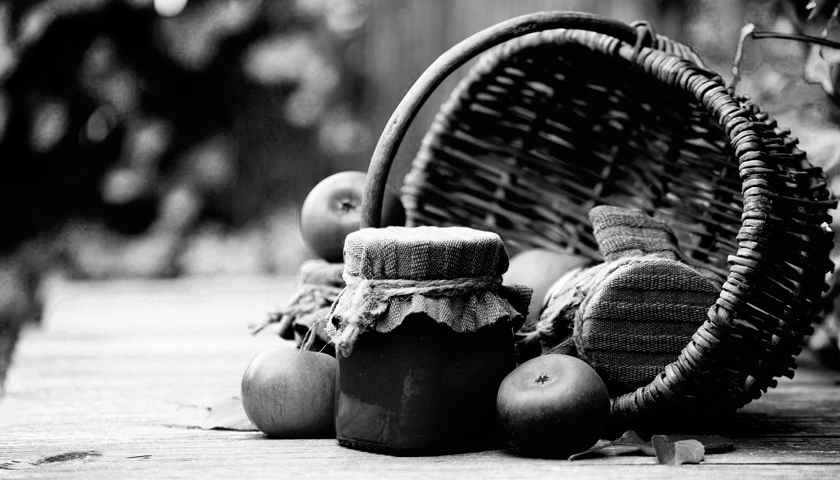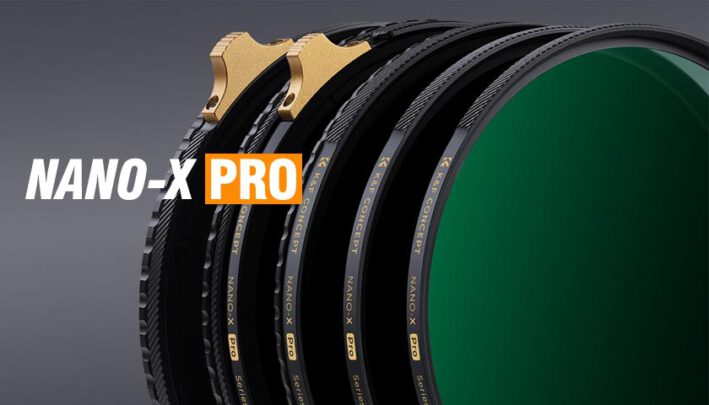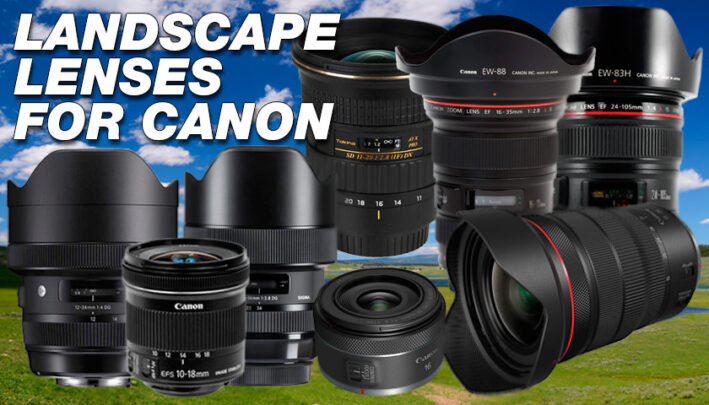Hits: 116
B&W photography tips for beginners
Starting digital B&W photography It is aimed at showing some of the basic principles involved in digital black and white photography. How to ‘do’ digital B&W. Learn to see the world in shades of grey and discover the art of B&W photography. Here are 10 excellent B&W photographytips. Without the extra dimension (or confusion!) of colour, you can more easily explore the shapes, lighting and textures of an image in a new way. These quick photography tips show you how.
[1] Think in mono
It’s all very well using Photoshop to do a mono conversion of a colour shot and hoping that it looks good, but the greatest black-and-white images by all the best photographers have been pre-visualised that way.Even if you’re capturing your original images in colour, try to think of and look for subjects with mono shots in mind and you’ll start producing better results.
[2] Filter effects
Traditional film photographers used coloured filters to control the type of mono images they produced – a red filter would generally increase the contrast, for example. You can put a filter on your digital camera and achieve similar results, although your original file will be tinted with the colour before you convert to black and white. If you’d like the best of both worlds, shoot without a filter but replicate the effect in post-processing. Most image-editing packages offer a menu of filter presets.

[3] Duotone
A duotone effect can be used to enhance your mono images. The effect can be replicated using software such as Photoshop or Lightroom in a number of ways, and it’s a relatively easy technique to learn. But it’s important to think about how a coloured tint will affect the overall mood of your picture. A blue tint evokes a sense of coolness that might not be appropriate for some subjects but perfect for others. A yellow or brownish tint, such as sepia, might allude to something old and historical.
[4] Black & white portraits
Portraiture can be greatly enhanced with a competent mono conversion.Where clothing and hair colours can clash and distract from your subject’s face, a black and white conversion can draw the eyes to their facial features instead. It’s also a good way to smooth out facial skin tones. Just don’t expect to get a great image if you simply desaturate the picture. You’ll end up with a flat grey photo. Instead, follow this guide to quality black and white conversion and use dodge and burn techniques to boost contrast in specific areas.
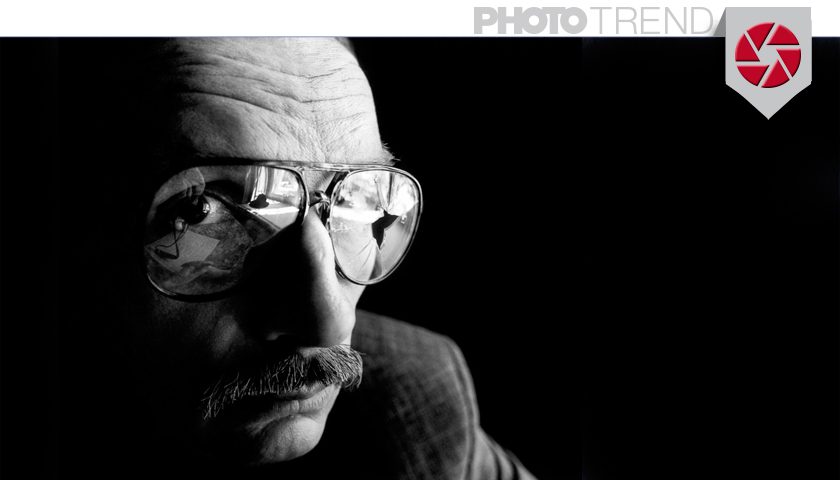
[5] Texture, form & shape
Without colour a black-and-white image is reliant on texture, form and shape. As you go about your photographic business, train your brain and eye to disregard the colour information and instead concentrate on the shapes and light within the frame.
[6] ShootRAW
Shoot in RAW and use the power of processing software such as Adobe Camera Raw to convert your images non-destructively to black and white. You can also change the tones and contrast and even add a coloured tint. It’s also possible to replicate the effect of a split-tone image and add a vignette effect for an extra creative.
[7] Split-toning
This wonderful technique was popular with traditional black-and-white photographers who, using a concoction of chemicals, would literally split the tones in their prints. The end result would show a subtle shift to one tint in the highlights and lighter tones while another tint would colour the dark tones. The results could be spectacular. Like many old darkroom techniques you can easily recreate a split-tone effect in B&W photography .
[8] High Key / Low Key
Through a combination of lighting and digital darkroom techniques you can create mono images that are either very light or dark in their tonal quality. Images produced in this way can be beautiful and emotive, but it’s not simply a case of over- or under-exposing your shots or pushing Photoshop’s Levels sliders to the extremes. Use lighting and exposure to create images that still have detail in the highlights or shadows. Your camera’s histogram and highlight clipping alerts will come in very handy for this technique.
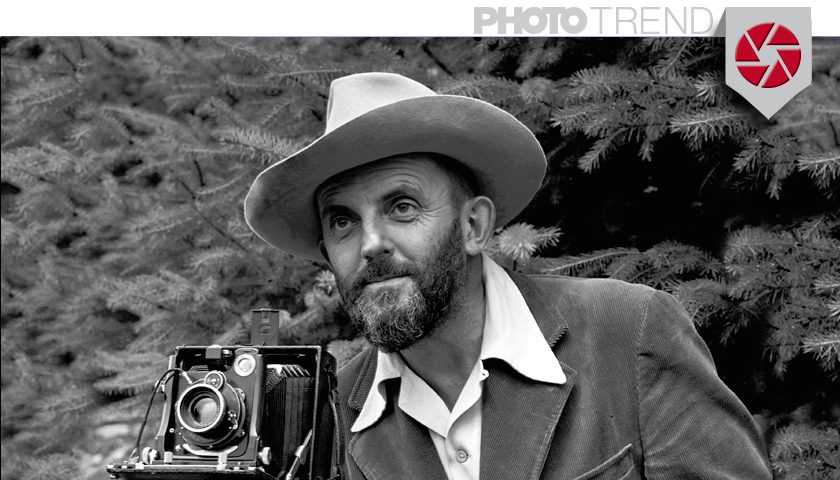
[9] Monochrome HDR
Ansel Adams (1902-1984) was a master mono photographer who developed the zone system so that he could get details in both the highlight and shadows of his splendid scenes. Today you can cheat a little. By taking several images of a scene at different exposures you can combine them using HDR (High Dynamic Range) software, such as Photomatix. This is a great way to get an image with a full tonal range, but don’t go over the top!
[10] Practice!
The more you train your eye to see in black and white the better your images will be. There’s no substitute for hard graft and, as with most crafts, practice makes perfect. So get out there, keep your mono eyes open and shoot like crazy!

